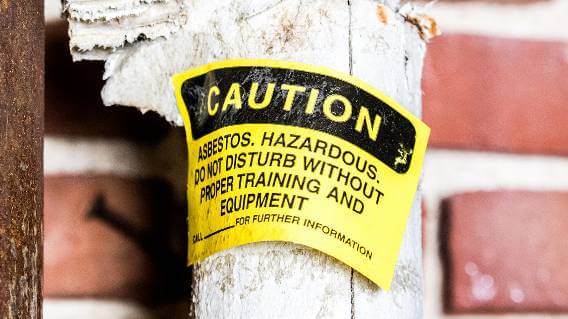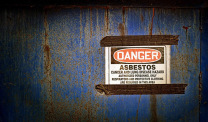EPA Finalizes Asbestos Risk Evaluation Goals with Part 2 Assessment
Asbestos Exposure & BansWritten by Tim Povtak | Edited By Walter Pacheco

Utilizing recent public feedback, the U.S. Environmental Protection Agency finalized its strategy and goals for the much-anticipated Risk Evaluation for Asbestos Part 2.
Its final scope document, released June 29, clarified the EPA’s intentions, which will build on the previously released and much-maligned Part 1. A broader Part 2 will be published late in 2024.
The risk evaluation stems from the EPA’s designation of asbestos as one of the first 10 chemicals to be reviewed under the 2016 amendment to the Toxic Substances Control Act.
Although only one evaluation for asbestos was planned originally, the EPA added Part 2 after a ruling by the U.S. Court of Appeals for the Ninth Circuit, and public outcry, over its limited scope.
Part 1 dealt exclusively with chrysotile, the only asbestos type currently being imported, distributed or processed within the country today. It led to the EPA proposal earlier this year that would ban the ongoing use of all chrysotile asbestos and require much stricter record keeping and data collection on the mineral.
EPA Now Examining All Types of Asbestos
According to the EPA’s latest announcement, Part 2 will also assess tremolite, amosite, actinolite, crocidolite, anthophyllite and Libby amphibole asbestos, types no longer being imported but still present from long-ago uses that continue to pose a threat to the public.
Libby amphibole asbestos is unique in that it often involves equally toxic vermiculite, a silicate mineral that was used extensively in building materials before 1990.
The EPA said Part 2 of its risk evaluation would focus extensively on legacy asbestos – which Part 1 ignored – the biggest threat today to the general public. Legacy asbestos is what remains in commercial and residential construction from decades ago. It becomes a threat as it ages and turns more brittle and can pose a hazard, particularly with renovation projects.
Part 2 also will concentrate on associated disposal of asbestos products, the use of asbestos-containing talc and potential exposure pathways such as water and air.
Asbestos-Contaminated Talc Becomes a Factor
The issue of talc, the world’s softest mineral, has grown substantially in recent years because of its implication as a potential source of asbestos exposure.
Talc is used in many household products, including cosmetics. It is commercially mined and often found in close proximity to asbestos near the Earth’s surface.
Although only trace amounts of asbestos have been found in a limited number of talc products, the potential contamination has led to an estimated 40,000 lawsuits filed against Johnson & Johnson over its iconic talc-based Johnson’s Baby Powder.
The majority of the lawsuits involve ovarian cancer, but there also are a significant number of cases involving malignant mesothelioma, a rare cancer caused almost exclusively by asbestos exposure.
Legacy Asbestos Exposure Threatens Many
Exposure issues surrounding legacy asbestos will be evaluated thoroughly, which wasn’t the case with the EPA’s Part 1 evaluation.
Categories listed by the EPA include:
- Occupational exposure
- Consumer and bystander exposure
- General population exposure
- Potentially exposed or susceptible subpopulation exposure
- Environmental exposure
As part of its occupational exposure risk evaluation, the EPA noted it would not assume that personal protection equipment, also known as PPE, will be properly utilized. The EPA will assess the use of PPE guided by Occupational Safety and Health Administration standards, and other ways industry protects its workers.
The earlier Part 1 risk evaluation looked at only six use categories of asbestos and found 16 conditions that presented unreasonable risk to human health through either consumer uses or occupational exposures.
Many of the risks involved diaphragms, sheet gaskets, frictions products and brake blocks. It found no unreasonable risk in the actual importation of chrysotile asbestos or distribution of the products.
In recent years, the chloralkali industry has consumed all raw asbestos being imported into the U.S. Most of it is used for semipermeable diaphragms to make chlorine.
The Risk Evaluation for Asbestos Part 2, which is expected to find considerably more risks, will be published before the end of 2024, according to the EPA.






